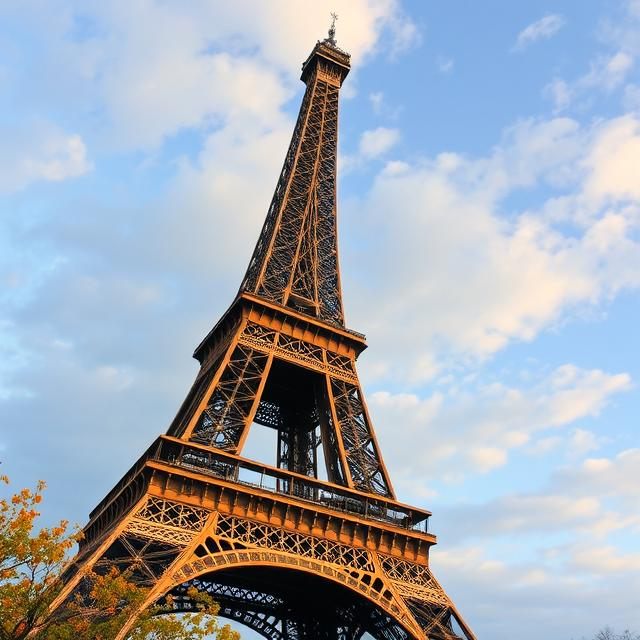Your cart is currently empty!
The History of the Eiffel Tower

The Eiffel Tower is one of the most iconic landmarks in the world and a symbol of France, Paris, and human ingenuity. Designed by Gustave Eiffel and completed in 1889, the tower stands as a marvel of engineering and an enduring testament to the advancements of the Industrial Revolution.
Origins and Design
- The Eiffel Tower was initially conceived as a temporary structure for the 1889 Exposition Universelle (World’s Fair), which was held in Paris to commemorate the 100th anniversary of the French Revolution.
- Gustave Eiffel, a French civil engineer, won the competition to design the tower with his innovative idea of a wrought-iron lattice structure.
- The design was controversial at first; many prominent Parisians, including artists and writers, objected to the tower, calling it an eyesore.
Construction
- Construction of the Eiffel Tower began on January 28, 1887 and took just over two years to complete, finishing in March 1889—a remarkable feat of engineering for its time.
- Standing at 324 meters (1,063 feet), it was the tallest man-made structure in the world until the completion of the Chrysler Building in New York City in 1930.
- 2.5 million rivets were used to assemble the tower’s iron structure, and the project employed over 300 workers.
- The tower’s design allowed it to be extremely light for its size, using a pyramid-like shape to distribute the weight evenly and withstand wind pressures.
Reception and Legacy
- Initially, many people criticized the Eiffel Tower for its industrial appearance and lack of traditional architectural beauty. However, it quickly became a beloved symbol of modernity and innovation.
- It was originally intended to be dismantled after 20 years, but due to its usefulness as a radio transmission tower, it was kept standing.
- During its early years, it was used for radio experiments, and later, it became a critical part of France’s communication infrastructure.
World War II and Survival
- During World War II, the Eiffel Tower was closed to the public, and the elevator cables were cut to prevent German troops from reaching the top during the German occupation of Paris.
- The German flag was flown from the tower, but when the French liberated Paris in 1944, the Germans were unable to raise the flag, as the elevators were still disabled.
Modern-Day Eiffel Tower
- Today, the Eiffel Tower is a world-famous tourist attraction, drawing over 7 million visitors annually.
- The tower is a symbol of French culture, art, and design, and it has been featured in countless films, books, and works of art.
- It is also used for a variety of purposes, including radio and television broadcasting, and has undergone numerous updates to ensure its preservation and safety.
Key Features of the Tower
- Height: The Eiffel Tower stands at 324 meters (1,063 feet), though it can reach up to 330 meters when fully extended.
- Three Levels: The tower has three public levels:
- The first and second levels house restaurants, shops, and exhibition spaces.
- The third level is an observation deck offering panoramic views of Paris.
- Lighting: The Eiffel Tower is illuminated nightly, with a spectacular light show that attracts millions of people worldwide.
Conclusion
The Eiffel Tower stands as a monumental achievement in both engineering and architecture. From its controversial beginnings to its unmatched popularity today, the tower has become a global symbol of France and a beloved landmark recognized around the world.